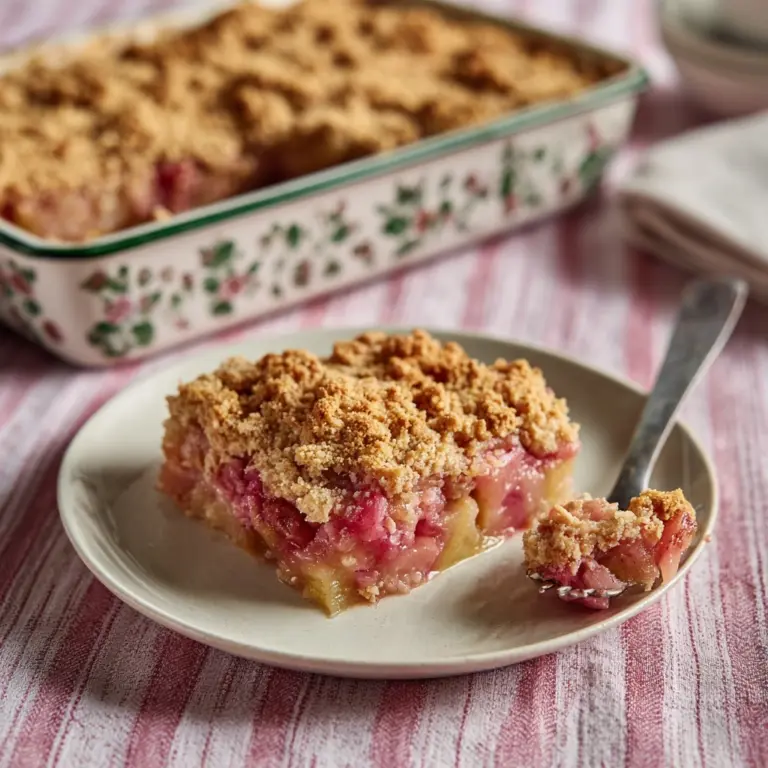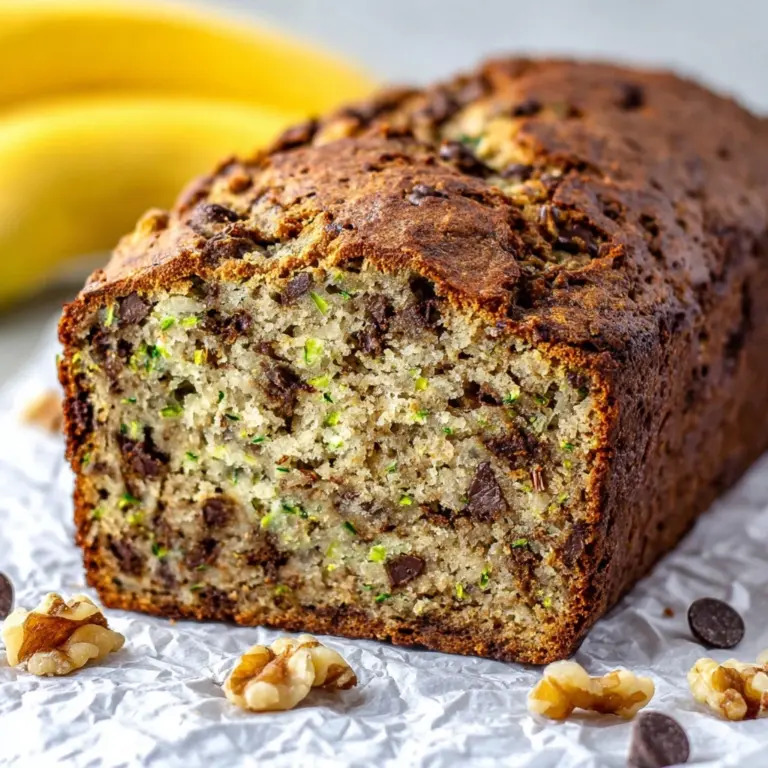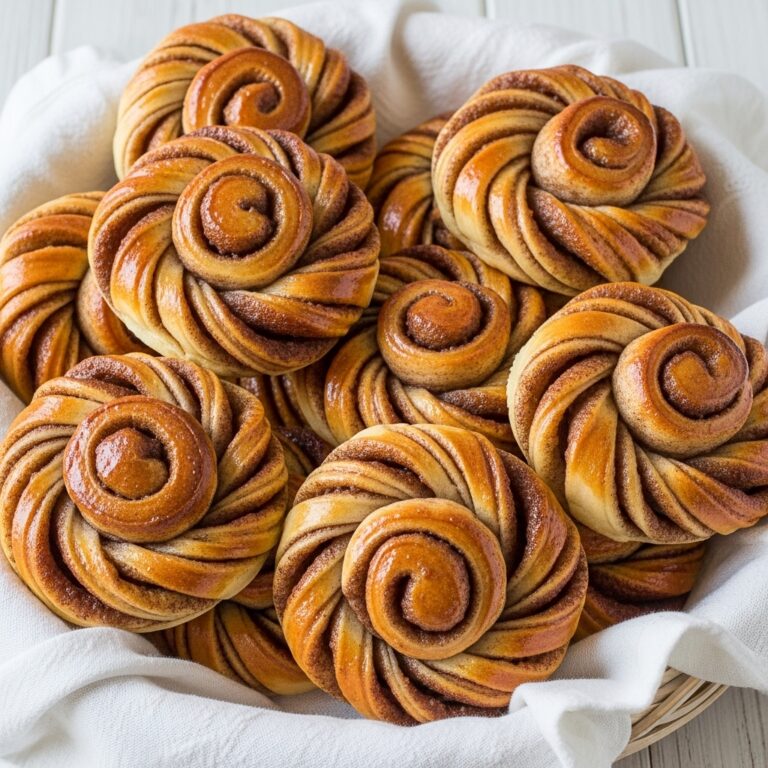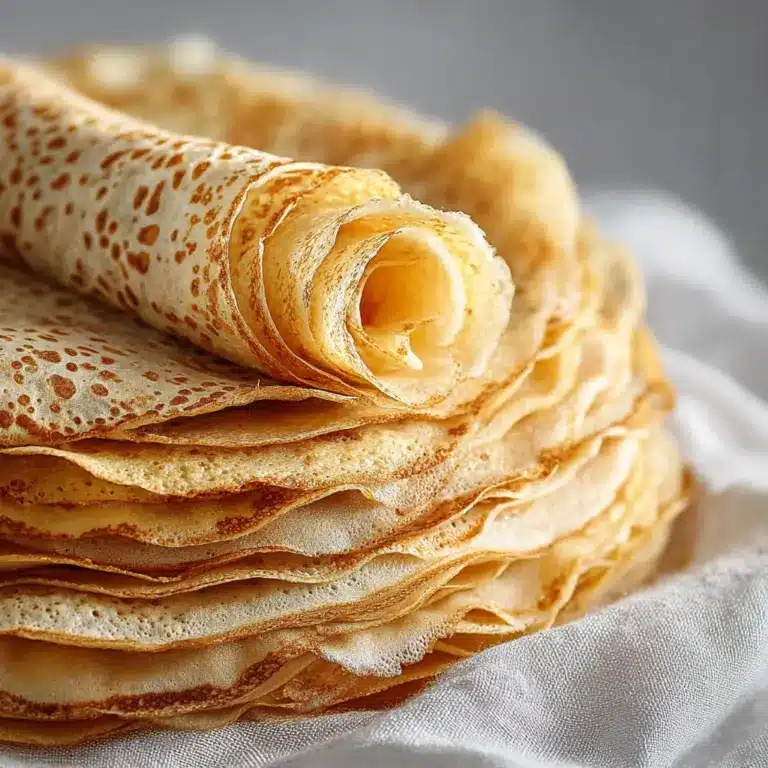One Day Classic French Croissants Recipe
If there is ever a kitchen project that feels truly magical, it’s crafting One Day Classic French Croissants from scratch. Imagine: in just one day, you coax flour, water, butter, and yeast into golden, flaky layers that shatter delicately with every bite. This recipe unfurls one of French baking’s most elusive icons in a way that’s both approachable and downright exhilarating. Whether you’re seeking a culinary challenge or simply craving an unbeatable breakfast treat, these croissants deliver buttery bliss and a sense of accomplishment, all before the sun sets.

Ingredients You’ll Need
The beauty of One Day Classic French Croissants lies in their simplicity. These minimalist ingredients, carefully chosen and used with attention, create magic through technique—each one brings its own essential note of flavor, texture, or color to the final pastry.
- Water (140ml for poolish): Use filtered or spring water for the purest flavor and best yeast activation.
- French Type 55 or unbleached all-purpose flour (1 cup/125g for poolish, 3 cups/375g for dough): The right flour gives your croissants their signature airy crumb and crisp crust.
- Instant yeast (2 tbsp/17g): Rapid action yeast works wonders here, giving these croissants their one-day speed and lovely puff.
- Salt (2½ tsp/12g): Don’t skip this—salt sharpens every buttery, toasty note in each bite.
- Sugar (⅓ cup/65g): A touch of sweetness balances the dough and helps with browning.
- Whole milk, cold (½ cup + 2 tsp/140ml): Milk enriches the dough, giving croissants their tender, moist interior.
- Unsalted butter, room temperature & cubed (2¾ tbsp/40g for dough; 1 cup/250g cold for laminating): Butter is the star, ensuring both softness in the dough and the shattering, flaky layers every croissant lover dreams of.
- Egg + whole milk (1 egg + 1 tsp for egg wash): That glossy golden finish? This is your secret weapon.
- Extra flour (for dusting): Keep your dough from sticking and your spirits free from frustration!
How to Make One Day Classic French Croissants
Step 1: Make the Poolish
Start by gently warming your water until it’s just lukewarm—never hot, or you’ll risk silencing your yeast. Stir in the measured flour and instant yeast, mixing until thick and shaggy. The poolish will look unimpressive at first, but patience is key: give it 30 minutes, and you’ll witness an impressive transformation. It triples or even quadruples in size, bubbling alive and forming the base of flavor and lift for buttery, classic croissants.
Step 2: Mix the Dough
As your poolish becomes bubbly, sift flour, salt, and sugar into a large mixing bowl. Add the poolish and cold milk, stirring until you have a sticky, cohesive mass. Cube your butter and knead it in, bit by bit, until fully worked into the dough. The key is to keep things cool; a quick, gentle knead for 5–6 minutes will get the dough soft and supple—just a little tacky to the touch. Resist the urge to overwork, as you want tender, not tough croissants. Pat the dough into a square pan, seal with plastic, and chill for at least an hour.
Step 3: Prepare the Butter Slab
While your dough chills, turn your attention to butter. Cut the cold block into thick, square slices and arrange them between two sheets of parchment. Use a rolling pin to coax it into an even, roughly six-and-a-half-inch square—big enough to deliver those luscious layers, but manageable to work into the dough. Wrap your butter slab and chill until you’re ready for lamination. Cold is your friend!
Step 4: Laminate the Dough
This is the moment the One Day Classic French Croissants earn their stripes. On a lightly floured (but not caked!) surface, roll the chilled dough into a perfect 12-inch square. Center your chilled butter on the diagonal, then fold each corner of dough over to enclose it entirely. With careful, gentle rolling, stretch the dough with its butter center into an elongated rectangle—about 8 by 24 inches. Fold it like a letter, wrap, and chill. Repeat this process three times, always with a gentle hand and brief fridge breaks in between, creating the croissant’s essential flaky structure.
Step 5: Cut the Dough
After chilling, roll the dough into a remarkable 8 by 43-inch strip. If it resists, don’t force it — a gentle touch keeps the layers distinct. Mark intervals along both long sides (staggered so that you form offset triangles), then use a ruler and pizza cutter to create perfect isosceles triangles, the blueprint for your classic croissant shape.
Step 6: Shape the Croissants
Make a small cut at the base of each triangle, stretch the short end gently, and roll up each croissant toward the pointy tip. Tuck the tip underneath to secure it, then curve the ends inward for that iconic crescent silhouette. Your kitchen will start to smell faintly of butter and anticipation.
Step 7: Proof the Croissants
Space the rolled croissants on parchment-lined baking sheets, giving them plenty of room to grow. Brush with a generous first layer of egg wash and let them proof in a warm, draft-free spot for about three hours. Their transformation is worth every minute, as they swell with air and promise. Before baking, add a second egg wash for that irresistible golden sheen.
Step 8: Bake the Croissants
With the oven preheated to 390°F, bake your croissants until they blush golden (about 9 minutes), then lower the heat to finish at 370°F for another 7 minutes. The aroma alone is a reward. Let them cool briefly on the tray, then move to a wire rack so their undersides stay crisp and delicate. Admire your handiwork—you’ve just made One Day Classic French Croissants worthy of a Parisian bakery window.
How to Serve One Day Classic French Croissants

Garnishes
Keep things stunningly simple by sifting a whisper of powdered sugar or sweeping a dollop of good-quality jam alongside. For a touch more sophistication, offer a pat of cultured butter or a drizzle of honey—the flavors harmonize with the croissants’ buttery undertones, never overwhelming them.
Side Dishes
Pair your One Day Classic French Croissants with a steaming café au lait or freshly brewed coffee for a classic French breakfast. A fresh fruit salad—think sliced berries or juicy peaches—cleanses the palate and brightens the plate. If you’re leaning savory, a wedge of ripe cheese or slices of prosciutto alongside transforms your croissant into an elegant brunch.
Creative Ways to Present
For a truly special affair, craft a breakfast board: layer your croissants with bowls of jam, nutella, rich butter, and fresh fruits. Or, slice them open and fill with dark chocolate, thinly sliced ham, or scrambled eggs for decadent croissant sandwiches. Mini croissants make for adorable party bites, easily filled or topped to taste. Let your creativity shine—the star remains the One Day Classic French Croissants.
Make Ahead and Storage
Storing Leftovers
To keep your croissants tasting bakery-fresh, cool them completely, then store in an airtight container at room temperature for up to two days. They’ll maintain a good deal of flakiness, although there’s nothing quite like them fresh from the oven.
Freezing
For longer storage, your best bet is freezing. Wrap cooled croissants individually in plastic wrap, then slide into a freezer bag or container. They’ll keep beautifully for up to one month, always ready for a quick kitchen triumph at a moment’s notice.
Reheating
To revive your One Day Classic French Croissants, preheat your oven to 350°F. Bake croissants (straight from the freezer or thawed) for 5–8 minutes until piping hot and crisp, as if newly baked. Avoid microwaves, as they zap away the precious flakiness.
FAQs
Can I use regular all-purpose flour instead of French Type 55?
Absolutely! While French Type 55 flour will give the most traditional texture, a good quality unbleached all-purpose flour works beautifully and still yields those iconic flakes and airy layers in your One Day Classic French Croissants.
Do I really need instant yeast for this recipe?
Instant yeast is a game-changer here, providing the quick rise that makes the one-day approach possible. If you only have active dry yeast, bloom it in lukewarm water first to ensure it dissolves properly before adding to your poolish.
What’s the trick to perfect lamination?
Keep everything as cold as possible: chilled dough and chilled butter make for tidy layers, which in turn make for the most irresistible croissants. Work gently and give the dough a rest in the fridge if it starts to fight back.
How do I know when my croissants are perfectly proofed?
The croissants should look unmistakably puffy and jiggly when you shake the baking sheet—think marshmallow-y softness. Under-proofed croissants bake up dense, while over-proofed ones risk losing their shape, so shoot for that pillowy middle ground.
Can I add chocolate or almond filling?
Definitely! For pain au chocolat, simply place a chocolate baton or chopped chocolate along the base of each triangle before rolling. For almond croissants, tuck a bit of almond cream inside, or use leftover baked croissants to make almond croissants later with a syrup and almond paste filling. The One Day Classic French Croissants recipe is a versatile base—let your imagination soar!
Final Thoughts
There’s just something extraordinary about pulling a tray of homemade One Day Classic French Croissants from your own oven and watching those golden layers break apart in your hands. I hope this recipe brings you as much joy and kitchen pride as it does in my home. Give it a try, and share a little (or a lot) of French pastry magic with your loved ones—you’ll be surprised how achievable and rewarding it truly is.
PrintOne Day Classic French Croissants Recipe
Learn how to make classic French croissants from scratch with this detailed recipe. These flaky pastries are a labor of love but worth every moment when you bite into their buttery layers.
- Prep Time: 4 hours
- Cook Time: 16 minutes
- Total Time: 4 hours 25 minutes
- Yield: 12 croissants 1x
- Category: Breakfast, Pastry
- Method: Baking
- Cuisine: French
- Diet: Vegetarian
Ingredients
For the poolish:
- ½ cup + 2 tsp (140ml) water
- 1 cup (125g) French Type 55 flour or unbleached all-purpose flour
- 2 tbsp (17g) Instant yeast
For the dough:
- 3 cups (375g) French Type 55 flour or unbleached all-purpose flour (+ extra for dusting)
- 2 ½ tsp (12g) salt
- 1/3 cup (65g) sugar
- ½ cup + 2 tsp (140ml) whole milk, cold
- 2 ¾ tbsp (40g) unsalted butter, at room temperature and cubbed
For laminating:
- 1 cup (250g) unsalted butter, cold
- 1 egg + 1 tsp whole milk (egg wash)
Instructions
- Make the poolish: In a saucepan, warm water to lukewarm, then mix in flour and yeast. Let it sit for 30 minutes until bubbly.
- Make the dough: Combine flour, salt, sugar, poolish, and milk. Knead in butter, then refrigerate for 1 hour.
- Prepare the butter: Cut butter into a square and chill.
- Laminate the dough: Roll out dough, encase butter, fold, and chill. Repeat this step three times.
- Cutting the dough: Roll out dough, make cuts, and form triangles.
- Shaping the croissants: Roll up triangles into croissants and proof for 3 hours.
- Baking: Brush with egg wash, bake at 390°F for 9 minutes, then reduce heat to 370°F and bake for 7 more minutes.
Notes
- Be patient with the laminating process; it’s crucial for flaky croissants.
- Ensure the butter stays cold throughout the process for the best results.
Nutrition
- Serving Size: 1 croissant
- Calories: 280
- Sugar: 6g
- Sodium: 250mg
- Fat: 18g
- Saturated Fat: 11g
- Unsaturated Fat: 6g
- Trans Fat: 0g
- Carbohydrates: 25g
- Fiber: 1g
- Protein: 4g
- Cholesterol: 50mg
Keywords: French croissants, homemade croissants, flaky pastries








